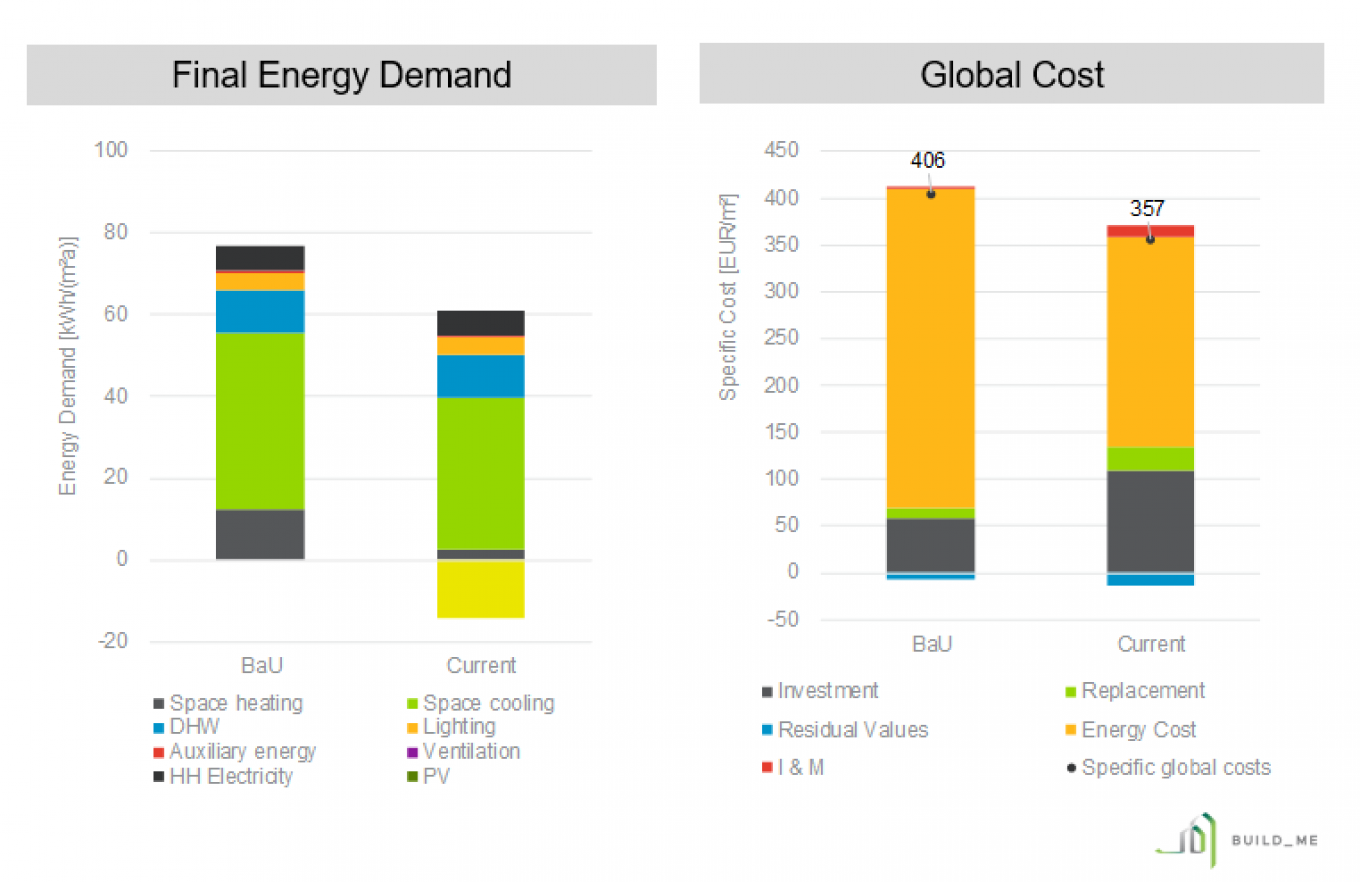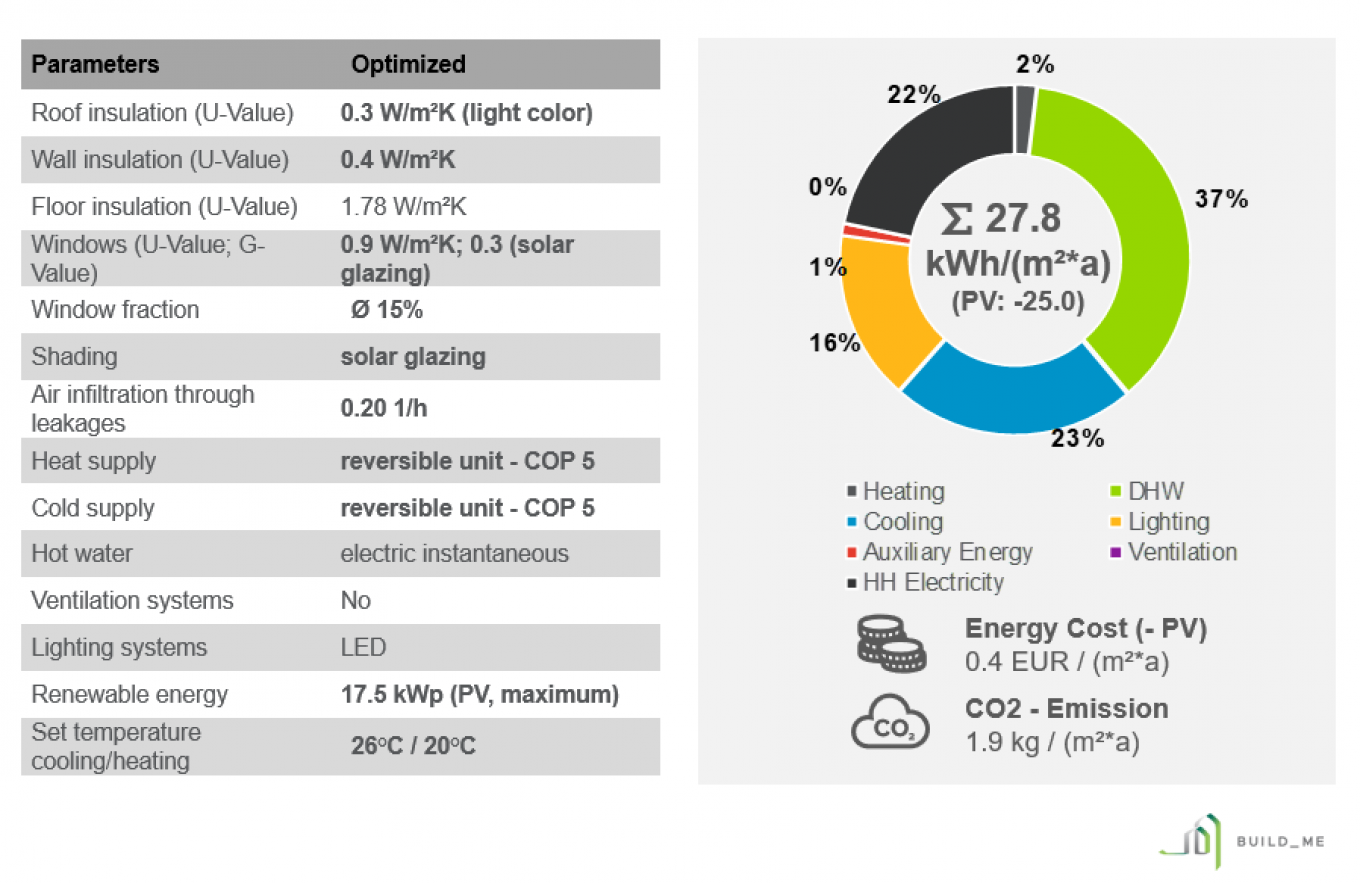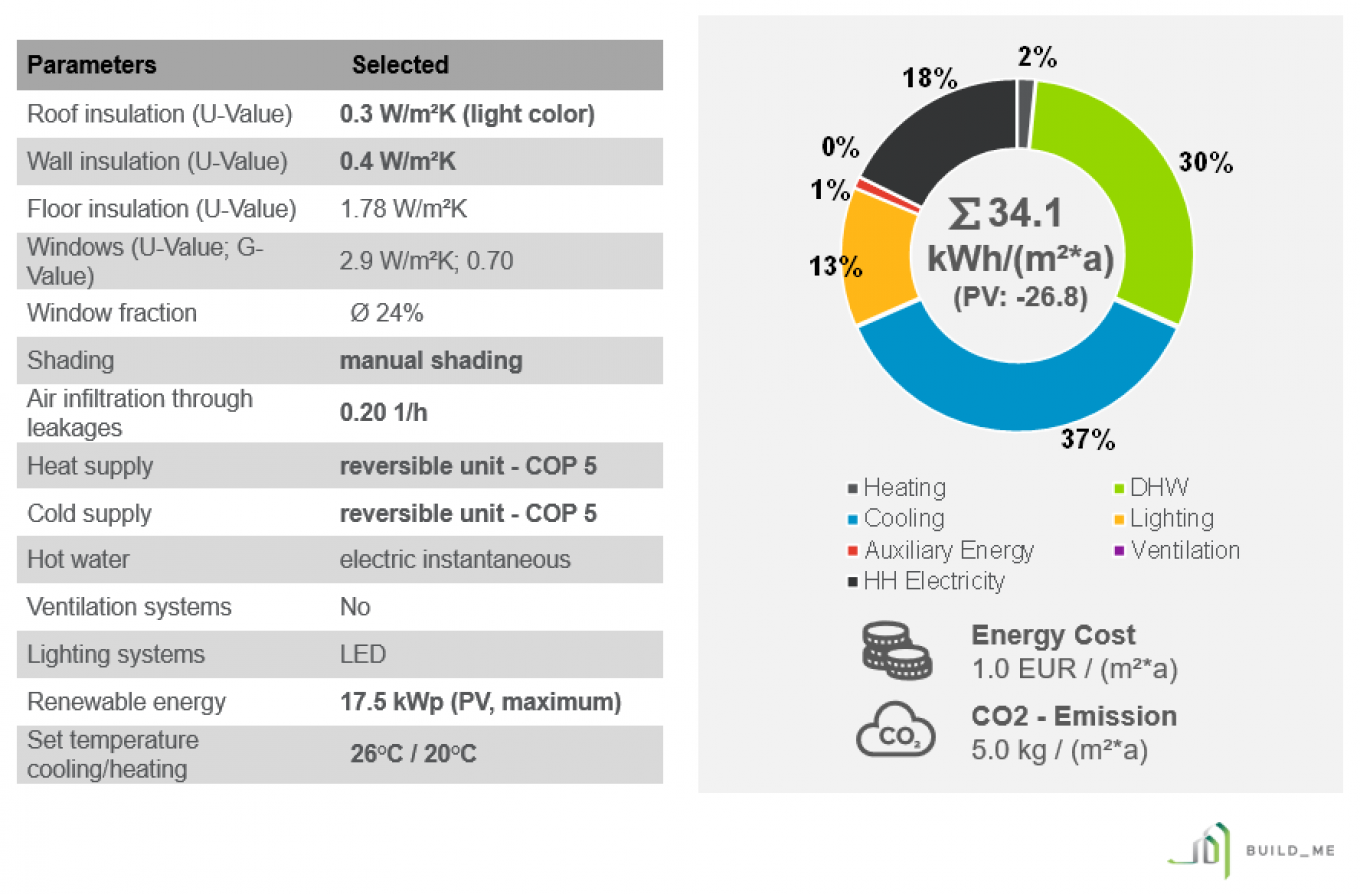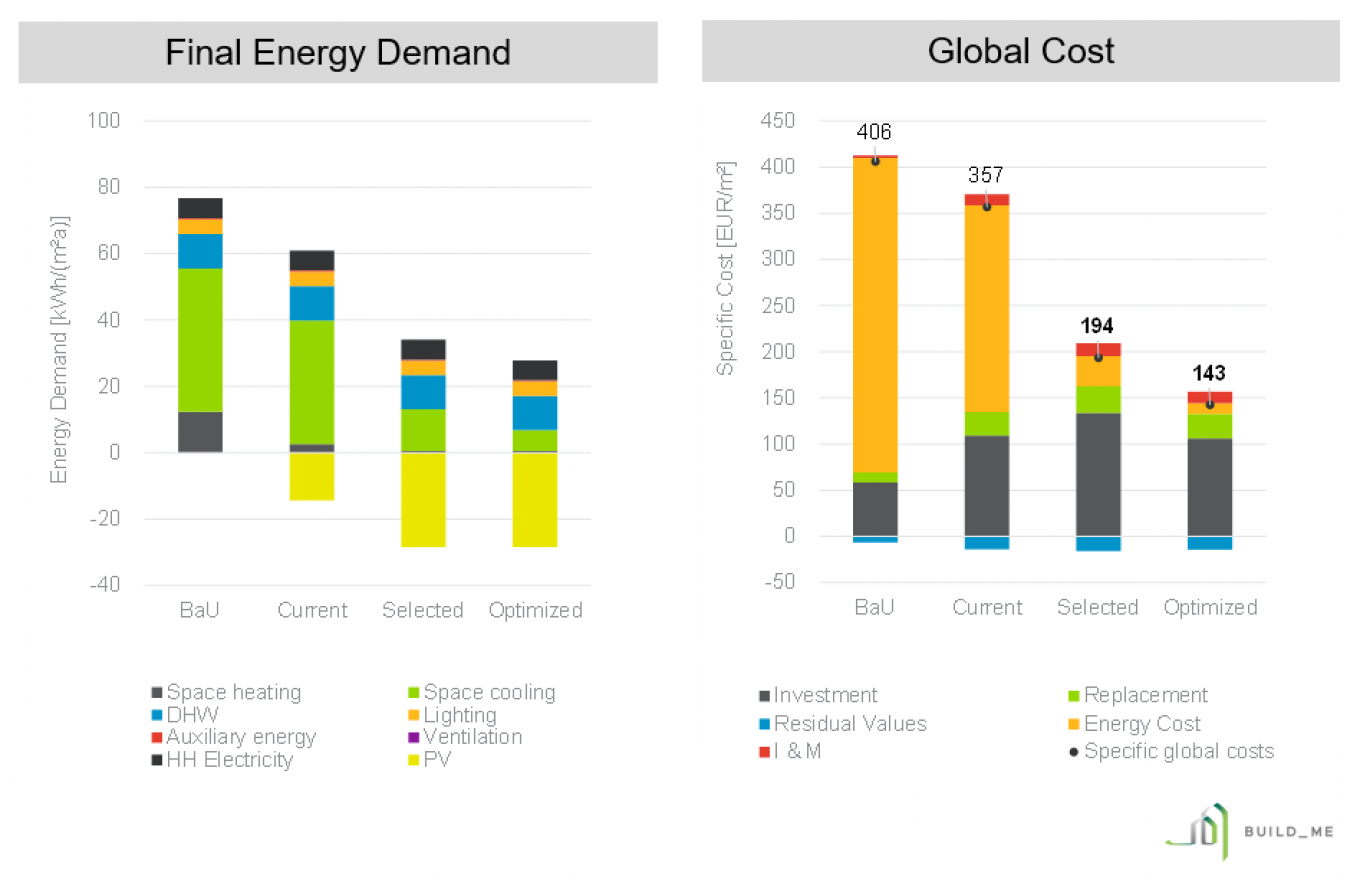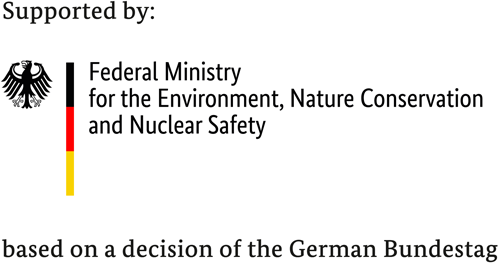Frames/Baasir, Jieh (Lebanon)
General Information
This project is a multi-family house located in the village of Jieh, which is thirty kilometers south of Beirut. The project consists of three blocks with a total GFA of more than 4,000 square metres and housing units of various sizes. The design suggests energy efficient measures such as double walls and double-glazing windows. The BUILD_ME team will work with the project architects to make Frames more energy efficient.
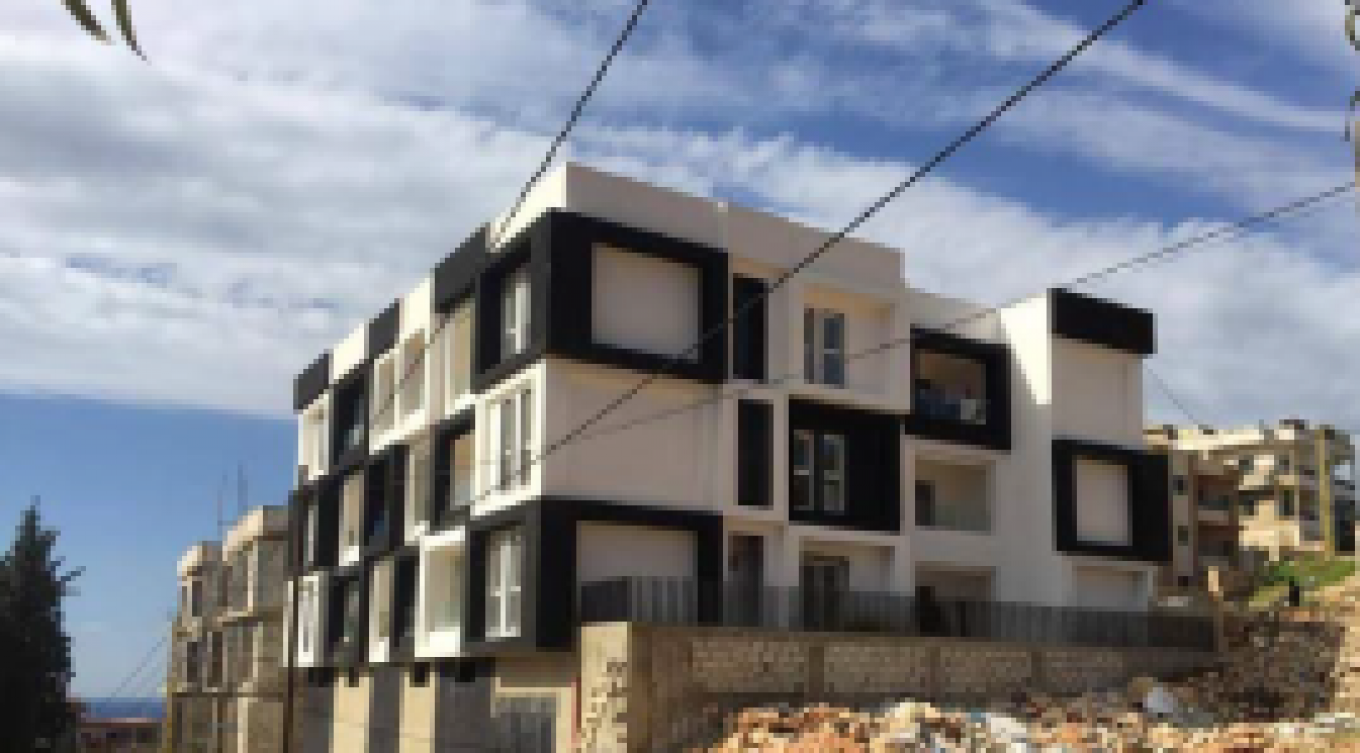
The project aims to create a multi-apartment building with a design that suggests energy efficient measures such as double walls and double-glazing windows. The project targets middle-class groups. The project is composed of Multi-apartment buildings with several amenities and facilities. The project consists of three blocks with a total GFA of more than 4000 Sqm. This report focuses on one building block.
Baseline vs current situation
Comparing the baseline which represents the business as usual for the specific building type in the given country with the current planning details provided by the project developer as shown in Figure 1 it can be stated that:
- The global cost of the BAU construction of such a building are around 406 Euro/m² and with that higher than the proposed design cost which are calculated as 357 Euro/m². That is equal with global cost savings of 12%.
- Furthermore, the proposed design is more energy efficient in comparison to the BAU cases (final energy savings of 22%).
Optimized Solution
The analysis of the cost optimal energy efficiency and renewable energy measures have resulted in the following key components illustrated in the table below as shown in Figure 2. It shows that the building envelope is significantly enhanced compared to the business as usual and current plan. Special attention is given to the use of renewable energy sources in terms of PV (for electricity). This leads to energy savings and emission reduction.
Selected solution
After the exchange with the project developer, the following components have been assessed as feasible and will be taken into account in the further planning (also illustrated in the table below marked in bold as shown in Figure 3):
- Improvement of the building envelope
- Solar Glazing
- Higher efficient VRF system
- PV on the roof
Results
The suggested measures of the selected package and the optimized lead to a significant decrease in energy demand and cost savings as shown in Figure 4. The energy savings of the selected package are around 55 % compared with the baseline (BaU), while in terms of global costs savings 52% can be reached for the selected package.

